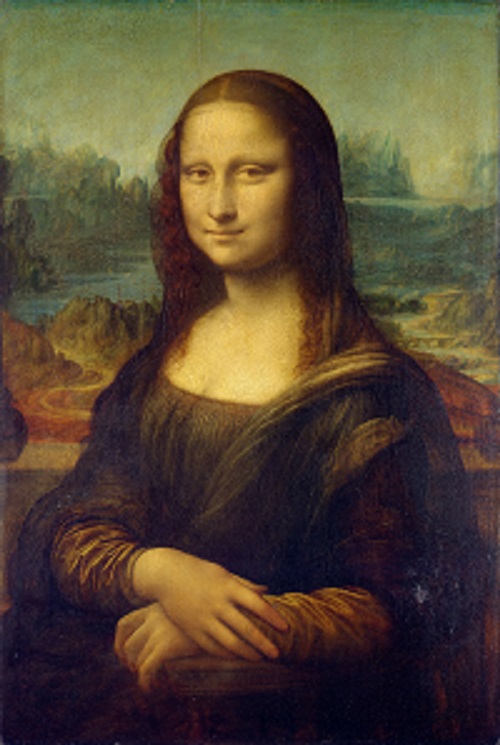International Painting: A Global Celebration of Artistic Diversity
International painting encompasses the vast and varied art styles, techniques, and cultural expressions from across the world. It reflects the unique traditions, histories, and philosophies of different regions, while also showcasing the interconnectedness of global artistic practices.

Themes in International Painting
- Cultural Identity: Celebrates the distinct traditions and values of various communities.
- Nature and Landscapes: Depicts the beauty of global environments, from African savannas to European countrysides.
- Human Emotion and Expression: Explores universal emotions such as love, joy, grief, and hope.
- Social and Political Commentary: Addresses global issues like equality, justice, and environmental conservation.
- Spiritual and Abstract Concepts: Transcends cultural boundaries to convey universal ideas of peace, harmony, and the metaphysical.
Prominent International Painting Styles
- Impressionism (France): Focuses on capturing light and movement with loose brushwork and vibrant colors.
- Expressionism (Germany and Austria): Explores intense emotions through bold colors and dynamic compositions.
- Madhubani Art (India): Intricate folk paintings with mythological themes and natural motifs.
- Chinese Brush Painting (China): Depicts landscapes, animals, and calligraphy using delicate brushstrokes.
- Aboriginal Dot Painting (Australia): Uses dots and patterns to narrate ancestral stories.
- Cubism (Spain/France): Abstract art breaking objects into geometric shapes, pioneered by Picasso and Braque.
- African Tribal Art: Bold and symbolic patterns representing cultural heritage and spiritual beliefs.
Techniques and Mediums
- Oil Painting: Used for its richness and durability, popular in European art history.
- Watercolor: Favored in Asia for its softness and fluidity.
- Acrylic: A modern medium known for versatility and vibrant colors.
- Mixed Media: Combines traditional and contemporary materials, reflecting a fusion of global influences.
Cultural Significance
- Cultural Exchange: International painting allows artists to share their unique perspectives and traditions with a global audience.
- Unity in Diversity: Highlights the shared human experience while celebrating cultural differences.
- Preservation of Heritage: Serves as a visual archive of a region’s history, beliefs, and values.
Global Appreciation
In today’s interconnected world, international paintings are celebrated in art galleries, museums, and online platforms. Art festivals and exhibitions bring together artists and enthusiasts, fostering global dialogue and collaboration.
Conclusion
International painting is a vibrant tapestry of creativity that transcends borders and bridges cultures. Through its diversity and universality, it inspires connection, understanding, and appreciation for the beauty of human expression worldwide.
